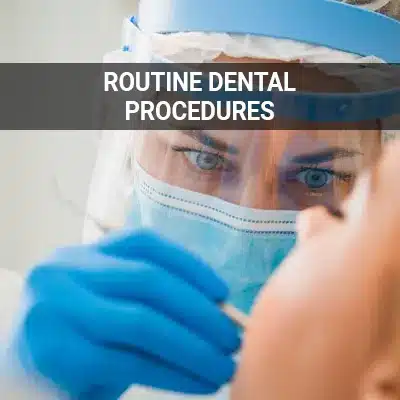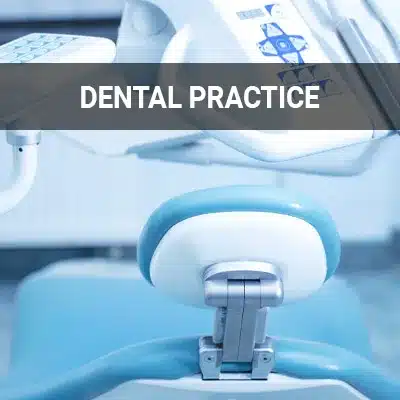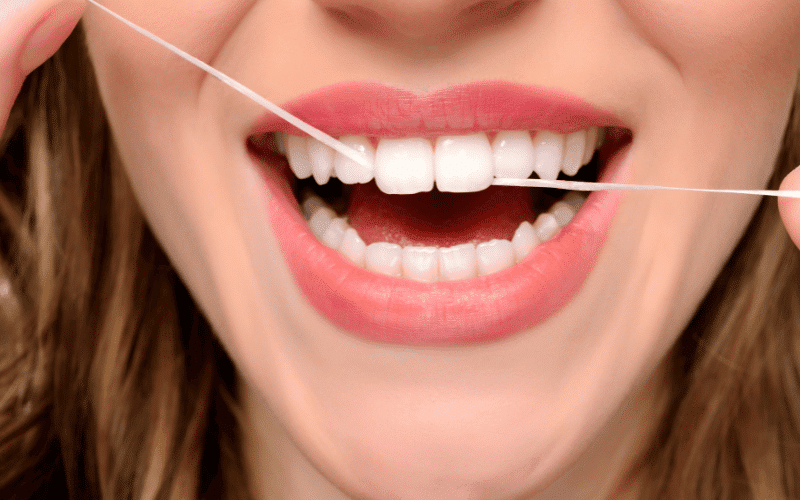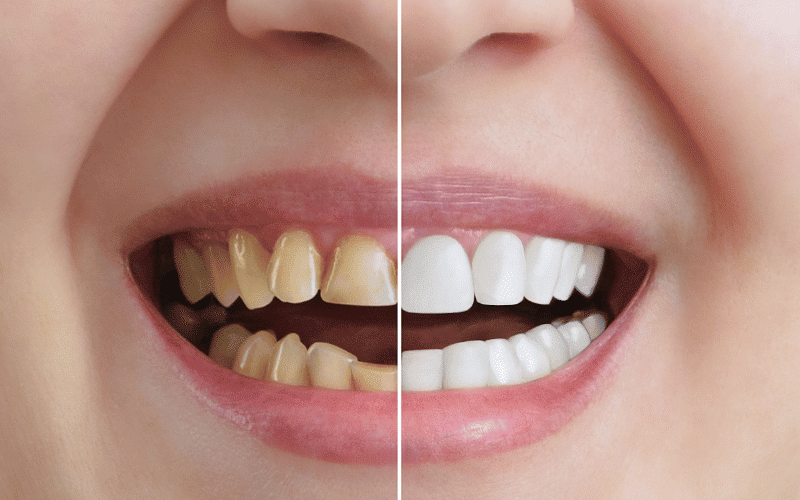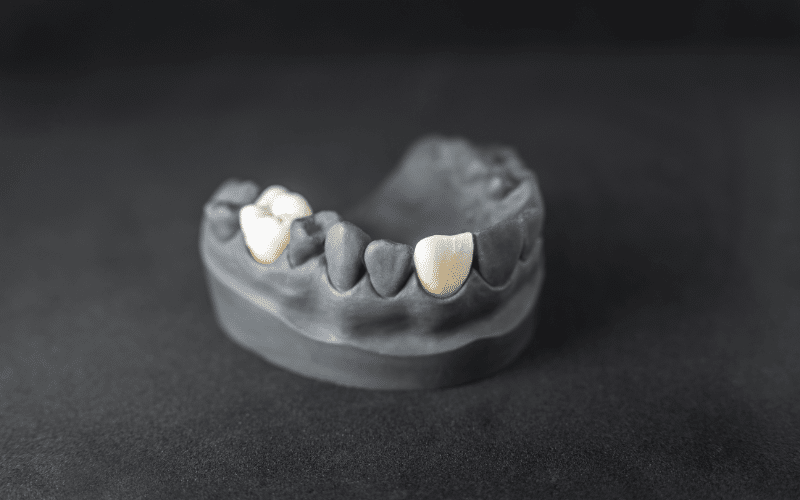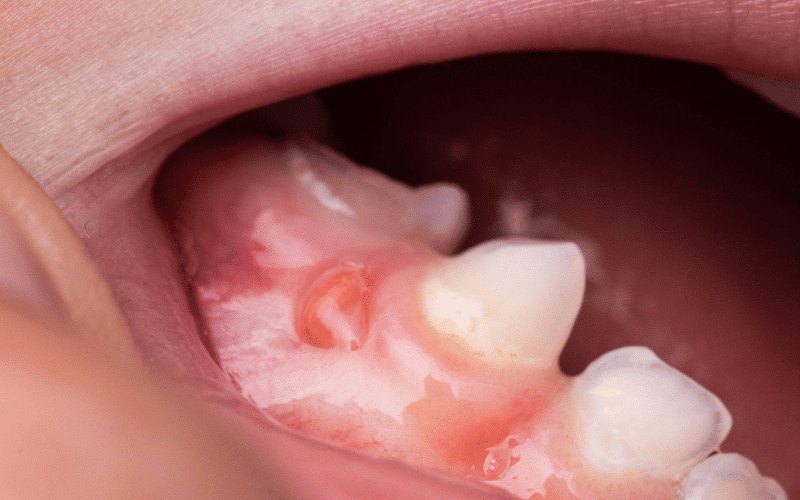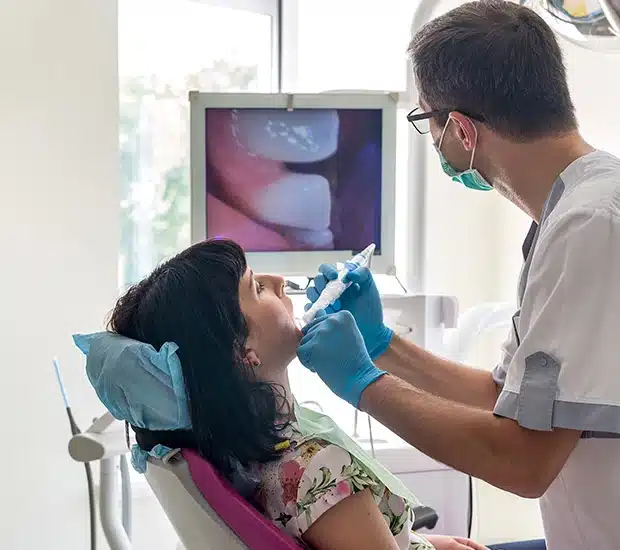
Intraoral Photos, Glendale AZ
Intraoral cameras allow dentists to expand their interpretation and perception of a patient’s condition. They also assist in the execution of a well-made, personalized treatment plan. Intraoral photos may reveal any defects in the teeth and other parts of the oral cavity that may have otherwise gone unnoticed.
Dental photos are available at Singh Smile Care - Dentist Glendale, AZ in Glendale AZ and the surrounding area. Intraoral photography can help enhance patient education and expedite the healing process. Call us today at (623) 400-6009 to schedule an appointment or to learn more about our services.

The History of Intraoral Cameras
The first intraoral camera was developed in 1987. These cameras were large, unwieldy, and pricey, at an average cost of about $40,000 per unit, and they consisted of a dental endoscope, a light scope, and a remote head micro camera. They required a handpiece, video processor, and dedicated computer to process the captured images and videos.
Today’s intraoral camera systems are much more portable and easy to use. They have USB connectivity instead of a large docking station, making them lightweight and ergonomic. Many look just as conventional cameras do, and they can produce higher-quality images and videos that are readily available to view. As such, they have become so easy to use that they are quickly becoming a standard part of many dentists’ operatories.
Today’s intraoral camera systems are much more portable and easy to use.
When to Use Intraoral Cameras
Intraoral cameras are an invaluable diagnostic tool. They facilitate patient education and help dentists better communicate with their patients. They are used regularly in dental examinations, particularly when determining accurate charting, assessing caries risk, and identifying restorative materials (both existing and ideal). Intraoral cameras are frequently used in place of mirrors, probes, and radiographs to evaluate the teeth.
Furthermore, intraoral cameras can help dentists show the importance of oral hygiene. By allowing patients to visualize the state of their oral health, dentists can use intraoral cameras to demonstrate proper oral hygiene practices. This may also enable patients to better understand any oral health conditions they may be afflicted with and, thus, assist in informed decision-making in the future.
…intraoral cameras are frequently used in place of mirrors, probes, and radiographs to evaluate the teeth.
What Intraoral Photos Reveal
Since their inception in the 1980s, intraoral cameras have continually helped dentists make more accurate diagnoses, establish a foundation of trust for relationships with patients, and determine the best treatment course for each patient’s unique condition. They are particularly apt at detecting occlusal cavities, especially in comparison to visual examinations and microscopes.
Dental photos can also help establish a baseline for any existing dental conditions. This makes it easier for dentists to evaluate the mouth for any suspicious lesions, recession, or other aberrations. They may include the teeth, gums, or oral tissue. It is easier to see when an amalgam filling needs to be replaced, such as when dental photos make existing stress lines, wear, and discoloration evident.
Dental photos can also help establish a baseline for any existing dental conditions.
Intraoral Photos and Diagnosis
Even today, it is not uncommon for some dentists to diagnose certain conditions after an unassisted visual examination. Though these may sometimes suffice, a more in-depth inspection is occasionally necessary. Intraoral cameras allow dentists to take close-up photos of the teeth from angles that they could not otherwise see, facilitating the diagnosis process. This can even be true when a patient has undergone an X-ray, as certain conditions may be more apparent "in the flesh."
Taking dental photos regularly also allows dentists to establish a "baseline" for a patient’s mouth. Any aberrations from these photos will then be more easily identifiable as potential causes for concern. Dental photos can also make visits more convenient for the patients, who may have otherwise needed to be subjected to hours of visual examination for a proper diagnosis.
Intraoral cameras allow dentists to take close-up photos of the teeth from angles that they could not otherwise see, facilitating the diagnosis process.
